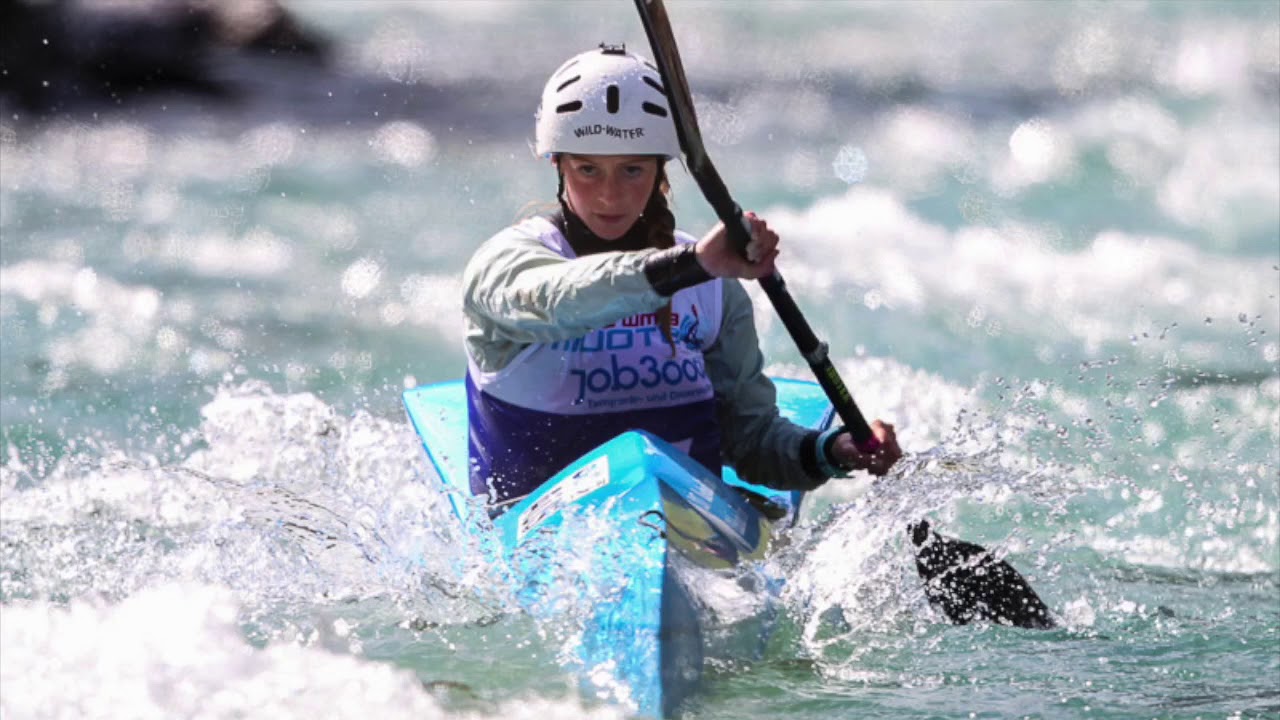
Wildwater canoeing is an exhilarating sport that combines the thrill of navigating fast-moving rivers with the skill of paddling a canoe. But what makes it so fascinating? For starters, wildwater canoeing demands not just physical strength but also sharp mental focus. Paddlers must read the river's currents, avoid obstacles, and make split-second decisions to stay on course. This sport isn't just about speed; it's about mastering the wild elements of nature. Whether you're a seasoned paddler or a curious newbie, these 31 facts will give you a deeper appreciation for the challenges and excitement that come with wildwater canoeing. Buckle up your life jacket and let's get started!
What is Wildwater Canoeing?
Wildwater canoeing, also known as whitewater canoeing, is an exhilarating sport where paddlers navigate through fast-moving rivers. This sport requires skill, strength, and a love for adventure. Here are some fascinating facts about wildwater canoeing.
- Wildwater canoeing involves racing down a river with natural obstacles like rocks and rapids.
- The sport can be done solo or in teams, with different types of canoes and kayaks.
- Wildwater canoeing is recognized by the International Canoe Federation (ICF).
History of Wildwater Canoeing
The origins of wildwater canoeing date back centuries, with indigenous peoples using canoes for transportation and hunting. Modern wildwater canoeing as a sport began in the mid-20th century.
- The first wildwater canoeing competitions were held in Europe in the 1950s.
- Wildwater canoeing became an official sport in the ICF in 1959.
- The first World Championships for wildwater canoeing were held in 1959 in Treignac, France.
Equipment Used in Wildwater Canoeing
The right equipment is crucial for safety and performance in wildwater canoeing. Here are some key pieces of gear.
- Canoes and kayaks used in wildwater canoeing are designed to be lightweight and durable.
- Paddles are typically made from materials like carbon fiber or fiberglass for strength and lightness.
- Helmets and life jackets are mandatory for safety.
- Spray skirts are used to keep water out of the canoe or kayak.
Techniques in Wildwater Canoeing
Mastering various techniques is essential for navigating through challenging rapids and obstacles.
- The "boof" technique helps paddlers lift the bow of the canoe over obstacles.
- "Eddy turns" allow paddlers to maneuver into calm areas behind rocks.
- "Ferrying" is a technique used to move across the river without being swept downstream.
- "Bracing" helps paddlers maintain balance in turbulent water.
Famous Wildwater Canoeing Locations
Certain rivers around the world are renowned for their wildwater canoeing opportunities.
- The Zambezi River in Africa is famous for its challenging rapids.
- The Ottawa River in Canada offers a variety of rapids for different skill levels.
- The Futaleufú River in Chile is known for its stunning scenery and intense rapids.
- The Colorado River in the USA is a popular destination for wildwater canoeing.
Wildwater Canoeing Competitions
Competitions add an extra layer of excitement to wildwater canoeing, with athletes from around the world showcasing their skills.
- The Wildwater Canoeing World Championships are held every two years.
- The European Wildwater Championships are another major event in the sport.
- National championships are held in many countries, including France, Germany, and the USA.
- The ICF also organizes the Wildwater Canoeing World Cup series.
Environmental Impact of Wildwater Canoeing
Like any outdoor activity, wildwater canoeing can have an impact on the environment. It's important for paddlers to be mindful of their surroundings.
- Paddlers are encouraged to follow "Leave No Trace" principles to minimize their impact.
- Some rivers have restrictions to protect wildlife and natural habitats.
- Invasive species can be spread by canoes and kayaks, so cleaning equipment is essential.
Benefits of Wildwater Canoeing
Wildwater canoeing offers numerous physical and mental benefits, making it a rewarding activity for many.
- The sport provides a full-body workout, improving strength and endurance.
- Paddling in nature can reduce stress and improve mental well-being.
- Wildwater canoeing fosters teamwork and communication skills.
- The sport can be a great way to explore remote and beautiful natural areas.
Challenges in Wildwater Canoeing
Despite its many benefits, wildwater canoeing also presents several challenges that paddlers must overcome.
- Navigating through rapids requires quick decision-making and precise control.
- Weather conditions can change rapidly, adding an element of unpredictability to the sport.
The Thrill of Wildwater Canoeing
Wildwater canoeing offers an adrenaline rush like no other. Paddling through roaring rapids, navigating tricky turns, and feeling the spray of the water on your face—it's an experience that sticks with you. This sport isn't just about strength; it requires skill, strategy, and a deep connection with nature.
Whether you're a seasoned paddler or a newbie, wildwater canoeing has something for everyone. It's a fantastic way to challenge yourself, stay fit, and enjoy the great outdoors. Plus, the sense of accomplishment after conquering a tough course is unbeatable.
So, grab your paddle, find a river, and dive into the excitement of wildwater canoeing. You'll not only discover a thrilling sport but also a community of passionate paddlers ready to share their love for the water. Happy paddling!
Was this page helpful?
Our commitment to delivering trustworthy and engaging content is at the heart of what we do. Each fact on our site is contributed by real users like you, bringing a wealth of diverse insights and information. To ensure the highest standards of accuracy and reliability, our dedicated editors meticulously review each submission. This process guarantees that the facts we share are not only fascinating but also credible. Trust in our commitment to quality and authenticity as you explore and learn with us.
